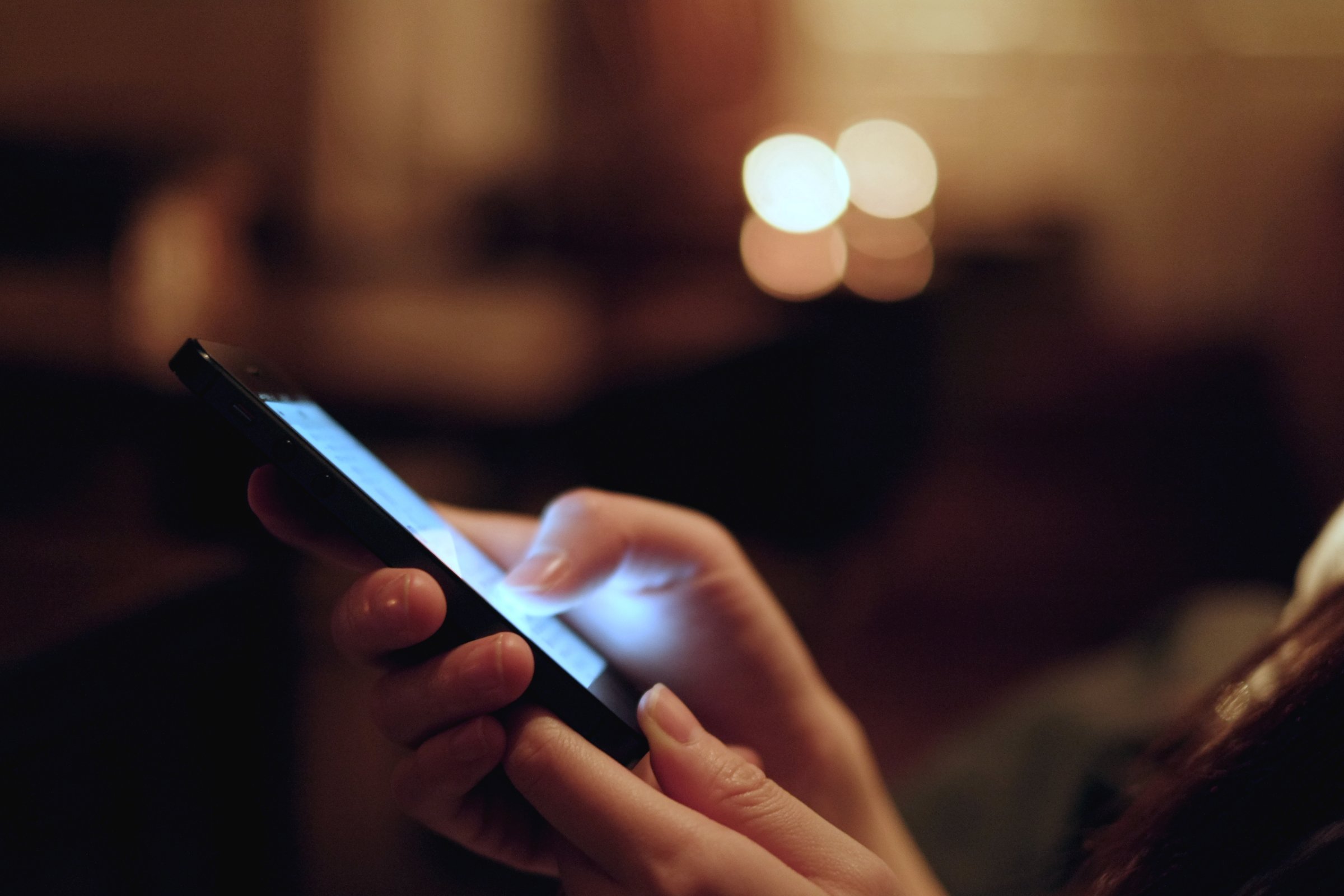
Screens are no longer optional. If you’re not driving, exercising or sleeping, you’re probably staring at one. And after 10 to 14 hours of screen time in a single day, your eyes can feel like you just rinsed them with sand.
Fortunately, there don’t seem to be any long-term vision or eye-health issues related to the dry, achy, itchy sensations you feel after your marathon screen sessions, says Dr. Joshua Dunaief, a professor of ophthalmology at the University of Pennsylvania’s Perelman School of Medicine. “There is no evidence that eye strain leads to chronic issues or harm,” he says. However, he says that it is theoretically possible we could find out years from now that too much screen-time messes with our eyes or vision. But for now, short-term symptoms—like headaches, eye pressure and dry eyes—are your biggest worries.
To prevent them, start by adjusting your screen’s brightness. “Bright screens can be irritating, so I recommend turning down the brightness to as low a level as you can use while still seeing things clearly,” Dunaief says. “There’s no benefit in having it any brighter than it has to be.” You can even invert the colors on your screen so that white backgrounds become black, and black text becomes white. Nearly all devices have an easy shortcut for this inversion setting, which can cut way down on the amount of computer-generated light your eyeballs are blasted with. Some say it also makes text easier to read.
If the photo-negative look isn’t your thing, Dunaief recommends shifting your screen’s color scheme away from blue and toward the yellow end of the spectrum. “There are blue light-sensitive molecules in the retina that help to set our body’s circadian rhythms,” he explains. While some research has linked too much blue light exposure at night to insomnia, even daytime exposure could be a problem. “There are some animal studies showing blue light can damage the retina when light is very intense,” Dunaief says. “Whether that translates to the lower levels in screens isn’t clear, but just to be on safe side, I think it’s better that the screen light not be predominantly blue.”
Also important: maintaining proper space between your eyes and your screens. “The closer the screen is to your eyes, the harder [your eyes] have to work to focus,” says Mark Rosenfield, a member of the graduate research faculty at the State University of New York’s College of Optometry. (If that’s surprising, hold something two inches from your face and try to focus on it. You’ll be running for Advil within five minutes.) Rosenfield, who authored a recent study on digital eye strain, recommends positioning your screen no closer than 16 inches from your face. Yes, that includes your smartphone. If you find it hard to read at that distance, increase the size of your screen’s text.
MORE: You Asked: Are My Devices Messing With My Brain?
Rosenfield also stresses the importance of customizing your eyeglass or contact-lens prescription for screen use. “A pair of glasses for general use or reading may not be appropriate for computer use,” he says. Especially if you spend most of your day staring at a screen, you want a pair of glasses crafted specifically for that purpose.
Also, be aware of your screen’s position in relation to bright light or reflections. Both can irritate your eyes. If you have a big window in your office, you probably want it facing your back—assuming you don’t have a reflective screen that will ricochet glare back into your eyes. If you do have a reflective screen, close the blinds.
Finally, and most importantly, you need to take regular breaks from staring at your screens in order to give your eyes time to rest and rehydrate. Your eyes actually blink differently when they’re focused on screens, Rosenfield says. “The way people blink when looking at these devices—the upper lid doesn’t come all the way down,” he explains. “So it’s not about blinking less, it’s about not blinking completely.” These blinking issues make it difficult for the eyeballs to stay moist.
To prevent this, Rosenfield recommends the “20-20-20 rule” (which you’ve definitely heard about a thousand times but totally don’t do). “Every 20 minutes, look at something 20 feet away for 20 seconds,” he says. While you do that, make sure to blink completely. You might look a little spacey, but your eyes should feel a lot better at the end of a long day.
There are other screen-related issues you should worry about, from posture problems to your mental health. But do everything above, and you’ll at least save your eyes from some screen-related strain.
More Must-Reads from TIME
- Donald Trump Is TIME's 2024 Person of the Year
- Why We Chose Trump as Person of the Year
- Is Intermittent Fasting Good or Bad for You?
- The 100 Must-Read Books of 2024
- The 20 Best Christmas TV Episodes
- Column: If Optimism Feels Ridiculous Now, Try Hope
- The Future of Climate Action Is Trade Policy
- Merle Bombardieri Is Helping People Make the Baby Decision
Contact us at letters@time.com